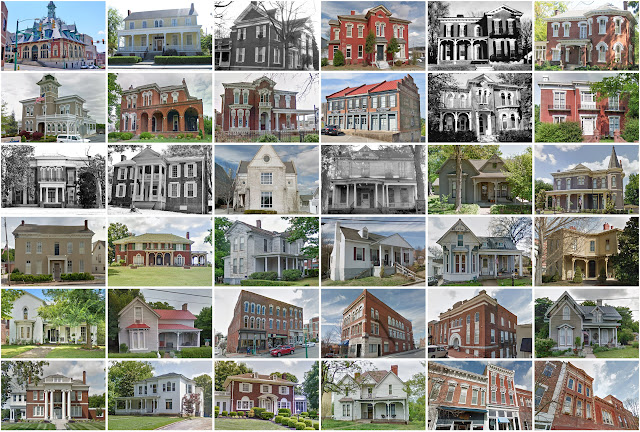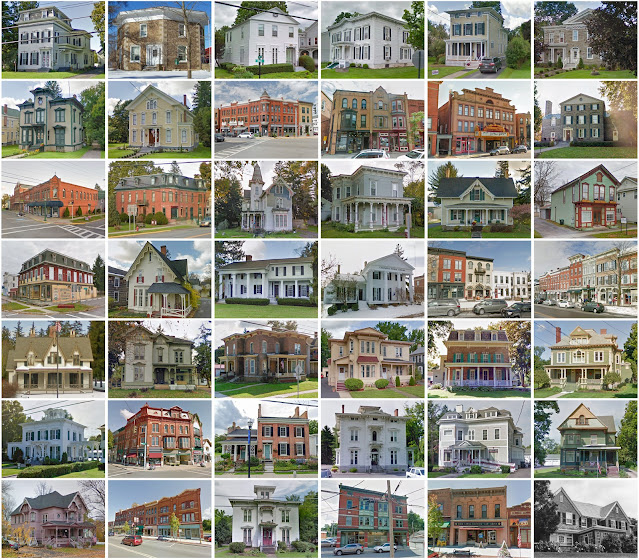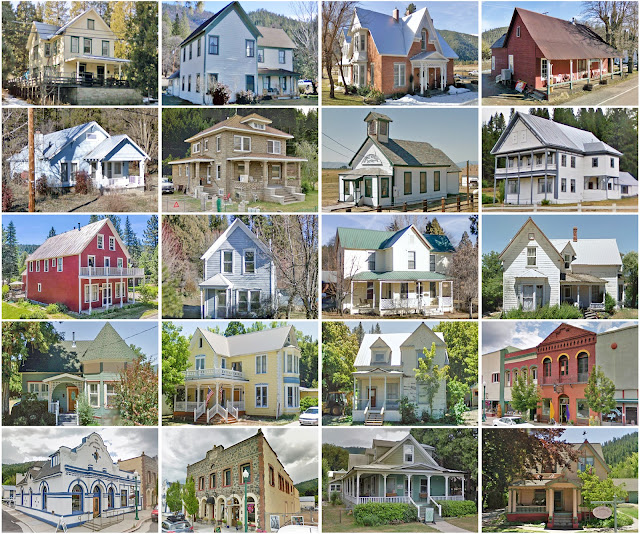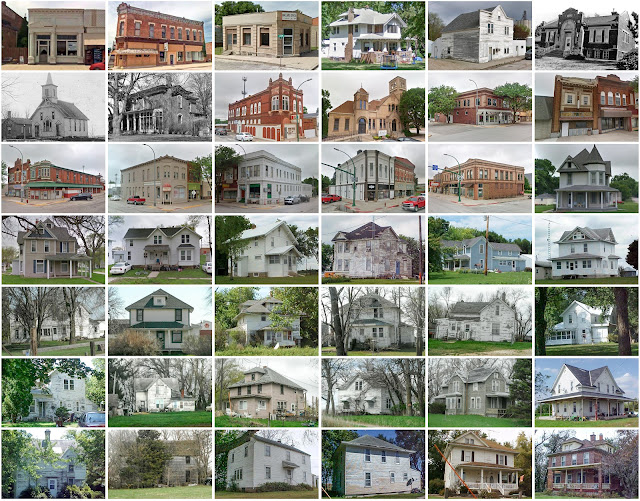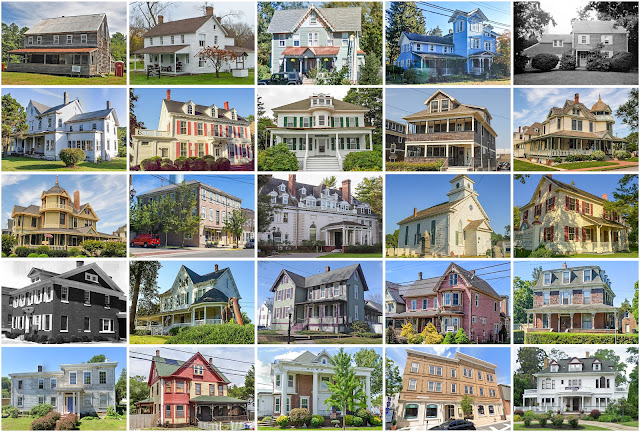Sioux County, Iowa

Founding: 1860 (declared in 1851) Parent county: Unorganized territory Namesake: The Sioux people Seat: Calliope (1860–1872); Orange City (1872–) Land area: 768 square miles Population (2020): 35,872 Population (historic): 576 (1870); 18,3790 (1890); 25,248 (1910); 26,806 (1930) Periods of population growth: 1860–1940; 1960–1980; 1990–2020 Subdivisions: 14 cities; 23 townships National Register listings: Four Pre-1940 residences (estimated): 3,140 (24.3%) Pre-1940 housing survival rate: 53.3% Farm housing in disrepair (1950): 2.4% Nonfarm housing in disrepair (1950): 2.7% Average farmhouse value (1930): $2,241 Average outbuilding value (1930): $2,927 Average farmhouse size (1940): 6.8 rooms Number of farms (1920): 2,801 Average farm size (1920): 158.5 acres Sources of settlement: Holland, Iowa, Germany, Illinois, Wisconsin, and South Dakota _________________________________________________________________________________ Orange City Namesake: William of Orang
